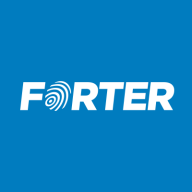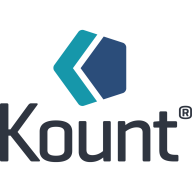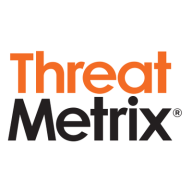


Find out what your peers are saying about ThreatMetrix, NICE, FICO and others in Fraud Detection and Prevention.
| Product | Market Share (%) |
|---|---|
| ThreatMetrix | 10.9% |
| Forter | 3.9% |
| Kount | 1.4% |
| Other | 83.8% |


| Company Size | Count |
|---|---|
| Small Business | 3 |
| Large Enterprise | 4 |
Forter provides instant, guaranteed approve/decline decisions for every transaction, removing the burden and uncertainty of fraud.
The system is designed to treat all orders as “innocent unless proven guilty” to ensure high approval rates and frictionless checkout. Since Forter only charges for approved transactions, our interests are always aligned with yours. Moreover, our confidence in the system’s accuracy means we do not hesitate to offer a full fraud chargeback guarantee.
Kount’s patented machine learning technology analyzes transactions to stop fraud and increase revenue for online businesses, merchants, acquiring banks, and payment service providers.
ThreatMetrix is a robust fraud prevention solution, enhancing fraud assessments through a vast database of malicious IP addresses and device fingerprints. Its easy integration and real-time analytics offer valuable insights, making it ideal for assessing transaction risks and maintaining device identity integrity.
ThreatMetrix provides a user-friendly interface for transaction analysis, featuring customizable rules and reports to monitor suspicious activities. Its device profiling and real-time analytics deliver comprehensive insights into login attempts and activities, contributing to effective fraud detection and risk management. Users benefit from simple integration and scalability, supported by dependable technical support and proactive updates. While effective, enhancements are needed in SDK integration complexity, real-time processing, and case management automation. An outdated interface, high pricing, limited data storage, and the need for better data field collaboration also present challenges. More intuitive rule engines and comprehensive threat detection features would improve the user experience.
What are ThreatMetrix's most important features?ThreatMetrix is implemented across industries like retail, banking, and digital services for fraud detection, device intelligence, and maintaining device identity integrity. Organizations employ it to detect unauthorized mobile access, identify credit card fraud, and prevent identity theft. Integrated through an SDK with backend API management, it enables device checks, transaction risk assessment, and access control management.